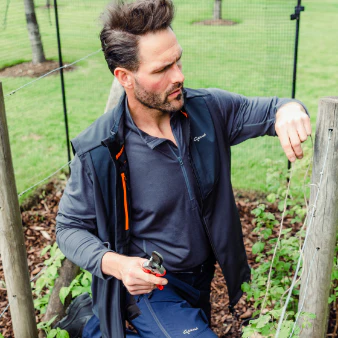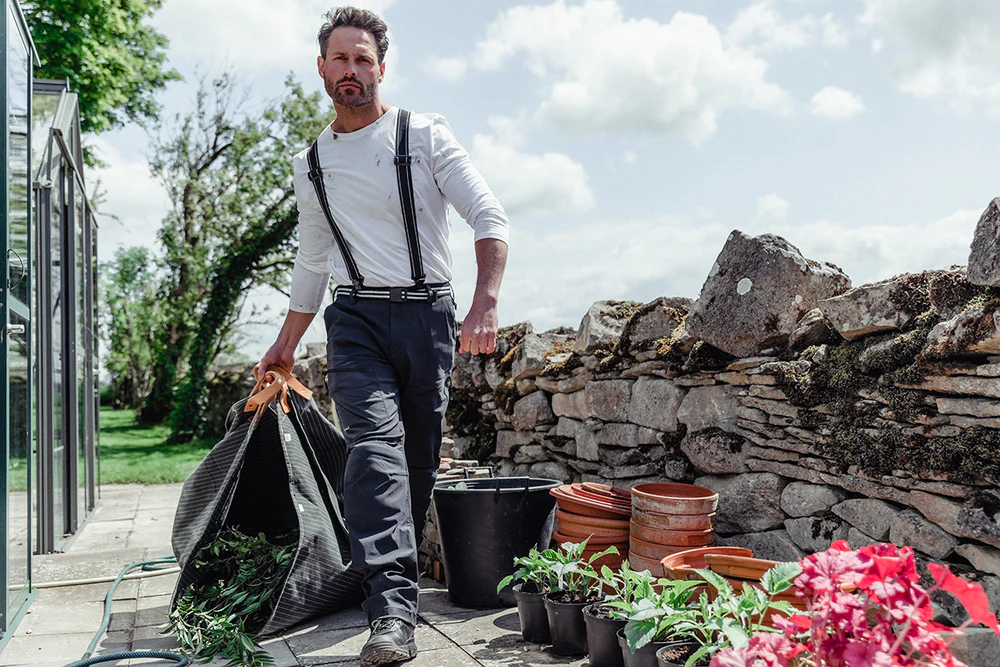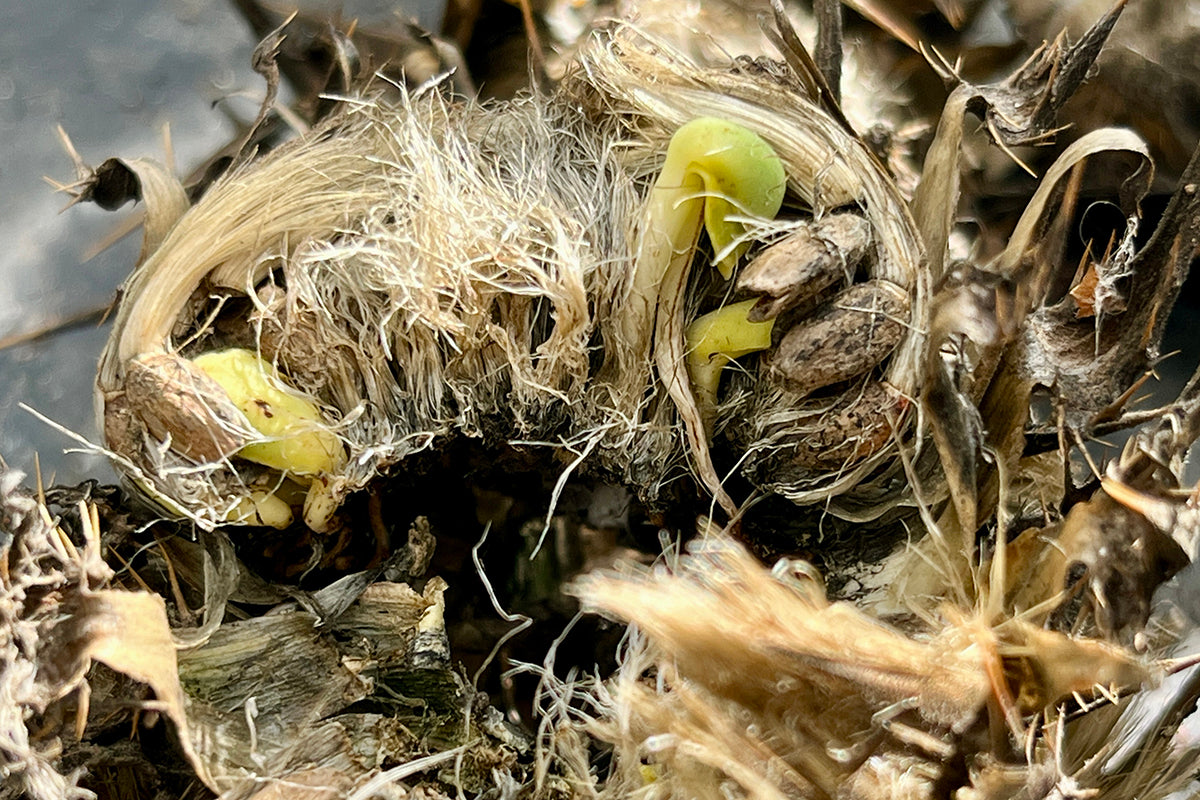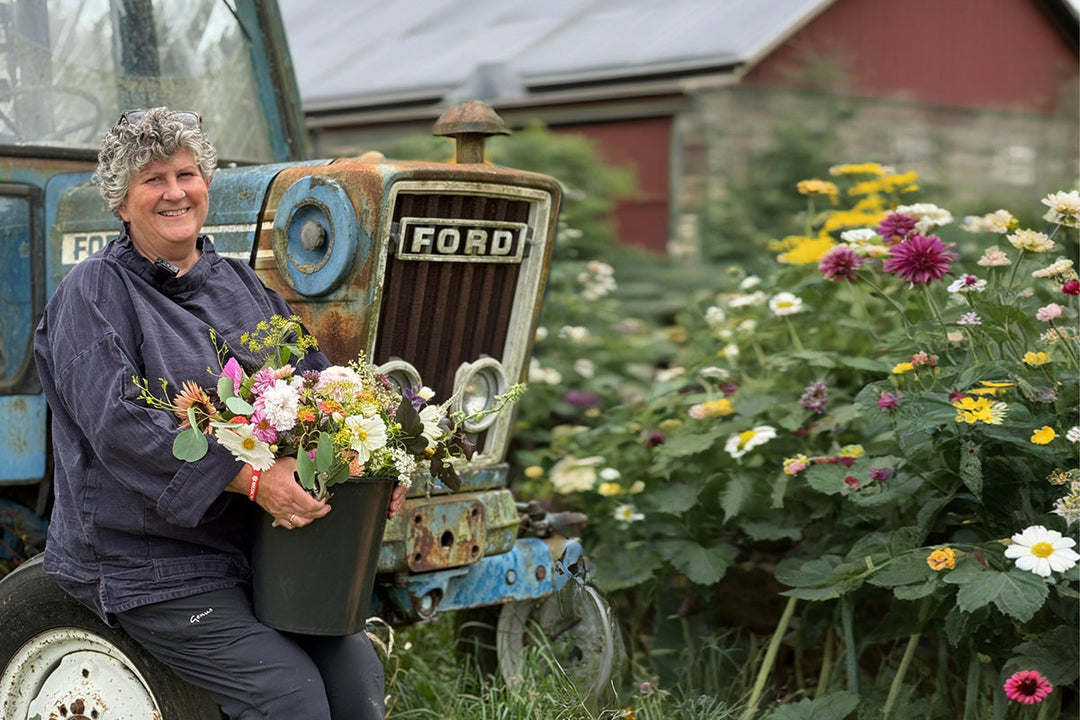Exceptional trees - the Wood Wide Web
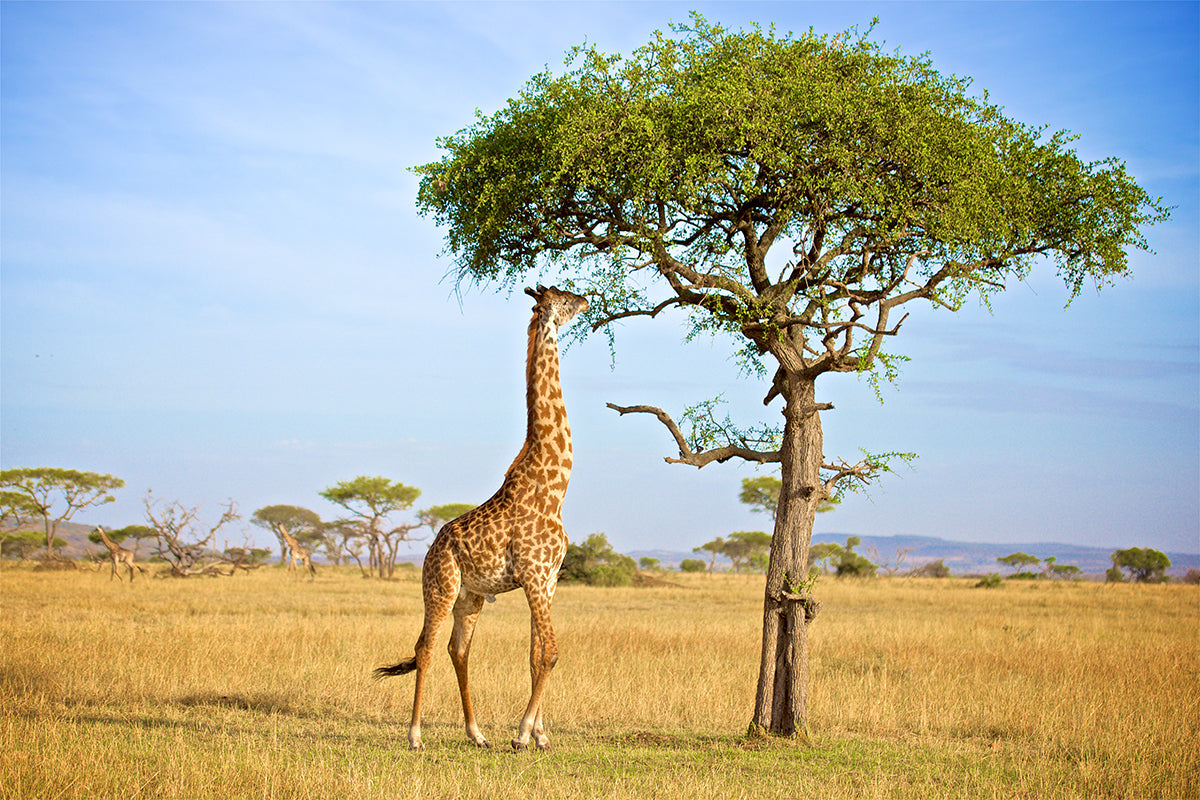
In recent years the ability of trees to ‘communicate’ with each other has been well documented. Researchers have discovered communication systems amongst trees and far from being passive organisms, it seems trees are able to interact through a ‘Wood Wide Web’ - an underground network that enables the exchange of information between individual trees or even entire forests.
The research has found that trees are able to use chemical signalling to communicate. When a tree becomes stressed, maybe through insect or animal damage, it releases volatile organic compounds (VOC’s) that serve as warning signals that are detected by the neighbouring trees. These trees then start to take protective measures, including the production of compounds that deter the potential threats.
A good example is the African acacia. When these trees experience grazing pressure from animals such as giraffes, they give off ethylene gas, prompting other nearby trees to increase their production of tannins that create a bitter taste to discourage further consumption
The most important discovery of tree communication occurs below ground through mycorrhizal networks. Specialized fungi form symbiotic relationships with tree root systems, creating a large underground infrastructure that contributes to nutrient exchange and information transfer. Through these fungal connections, trees share water, carbon, and essential minerals. They even distribute resources based on community needs. More importantly, these networks send out stress signals related to drought, and disease, allowing forests to respond collectively to any threats.
Studies have identified ‘mother trees’ - typically the oldest and most established specimens in a forest - that function as hubs within these networks. These trees support younger members of the forest community by transmitting nutrients and information that increase their chances of survival particularly during periods of environmental stress.



